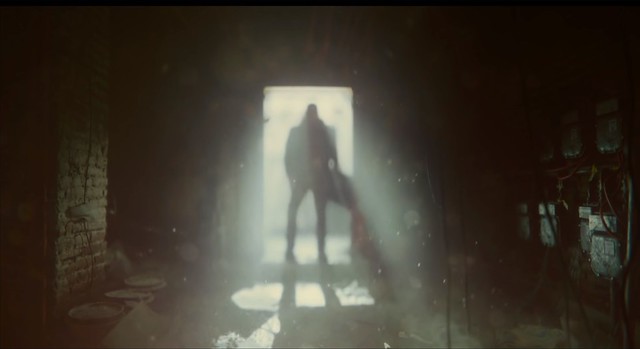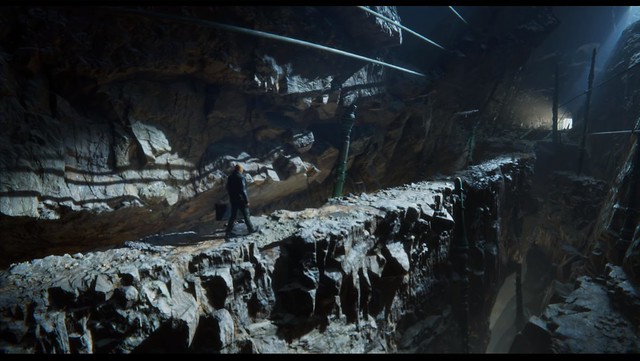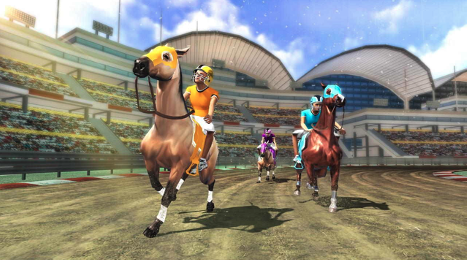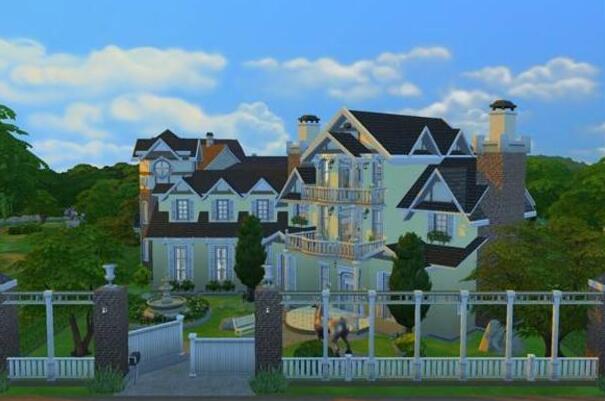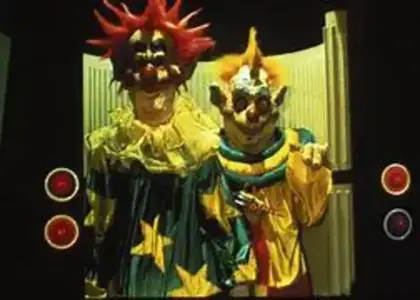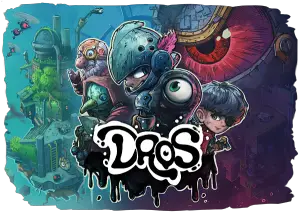Unity Technologies released a new tech demo at this year’s GDC for the latest version of the Unity 3D game engine. The name of the short film is called The Heretic, following a technomancer of sorts who can open portals to other worlds. The most impressive part about the demo is that it’s running on a consumer desktop at 30fps at 1440p.
The near four minute demonstration features a mocha-skinned half-breed who looks eerily similar to Jesse Williams from David Cage’s very woke Detroit: Become Human. Nevertheless, the tech demo is beyond impressive given that it’s running in-engine in real-time on the Unity 3D.
The demo opens with dynamic god-rays rendered through volumetric lights with real-time floating particle effects to simulate dust and particulate matter. We also see some directional light blocking with bokeh depth of field effects.
The tech demo continues to get more impressive from there, which you can check out below.
Unity worked with Russian 3D scanners to capture the actor and middleware solution studio Snappers to rig him up. They utilized a similar method of character composition that DICE employed for the Frostbite, which was used in Battlefield 3 back in 2011. At the time DICE called it a 4D capture technique, where the actor and their likeness was captured along with their facial range in order to build a library of prefabricated expressions.
The face rendering is still a little uncanny. The problem isn’t the photogrammetric capturing, but rather the animation.
This has been an ongoing issue for a lot of newer technologies given that hand-animating faces usually leaves out a lot of nuances of human emotion that gets left on the cutting room floor during the animation process, while real-time facial capture can be time consuming and expensive, and requires a lot of refinement to get it right, but it definitely looks more realistic in motion.
However, where the demo shines and where Unity shines is in the lighting, the shadow casting, and most importantly the global illumination.
In the one sequence we see that the character shines a light through a dark, abandoned tunnel. The light illuminates aspects of the tunnel where can see that there’s a lot of multi-layered HD materials applied to the environment, and the shadow-casting from the light source is mostly accurately rendered to depict an old maintenance access.
Some of the issues that keep it from looking photorealistic is the shadow mapping resolution not being as crisp as a real life shadow, and the fact that the screen space lighting seems to have too much saturation, which makes some of the rendered objects look slightly brighter than they should.
One particularly fascinating segment is when the character flips the coin and uses his companion to completely transform the sewer into a pathway to another world. Here we see some real-time geometric deformation with masked loading times through special visual effects.
It takes a lot of under-the-hood horsepower to pull off that kind of effect in-engine on a consumer machine without any heavy load times.
This is basically the Unity engineers flexing their coding muscles to showcase how much you can pull, push and pop through the runtime without separate loading screens.
Whether or not developers will actually make use of Unity’s high-definition render pipeline for a game that isn’t a walking simulator or an exploration puzzle game is a complete toss-up, but at least Unity is trying to encourage developers to do something new with some powerful software technology.
You can learn more by visiting the official Unity website.
